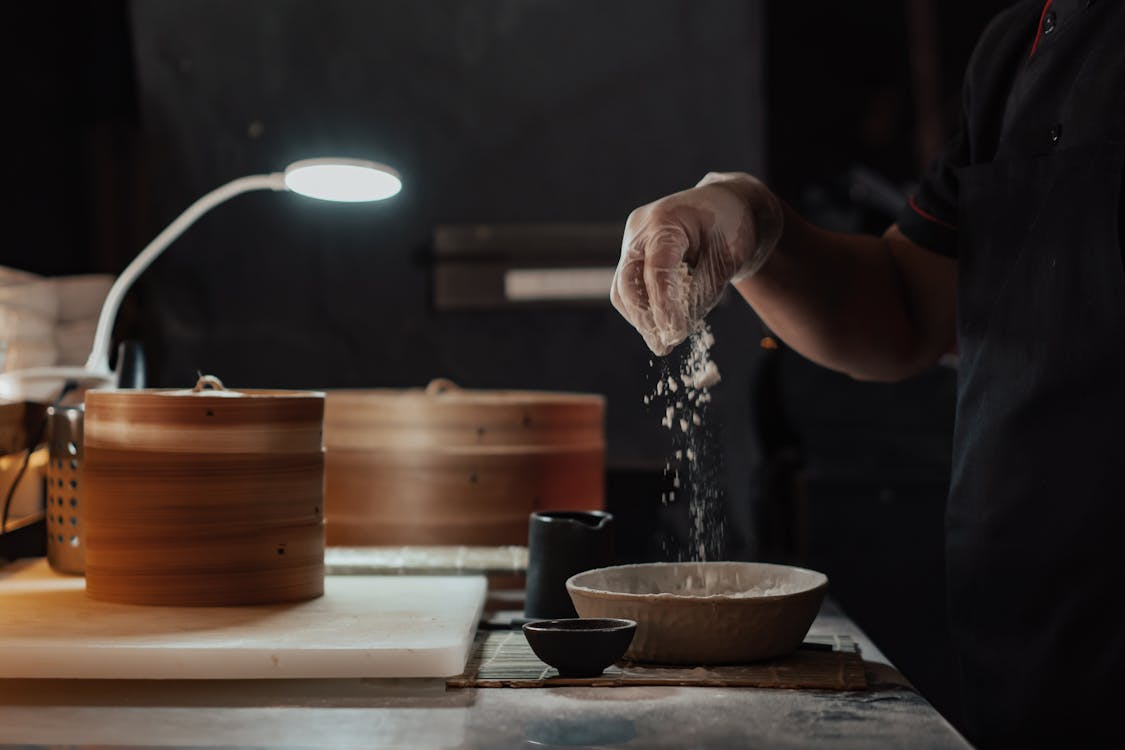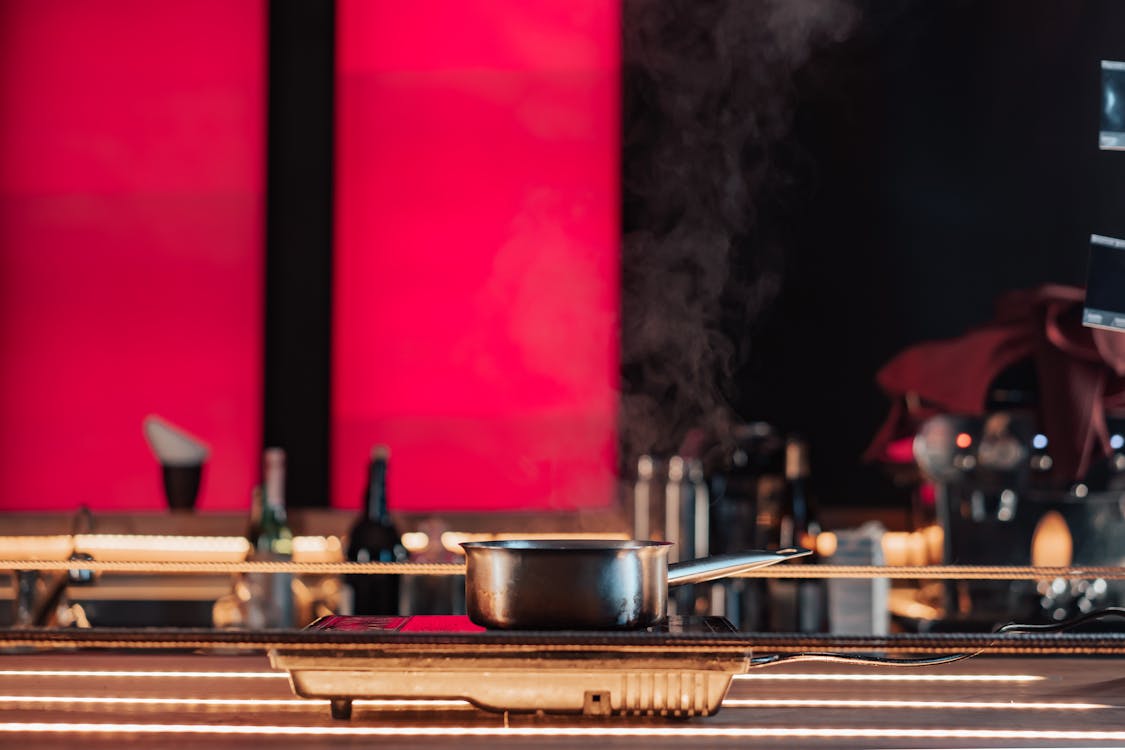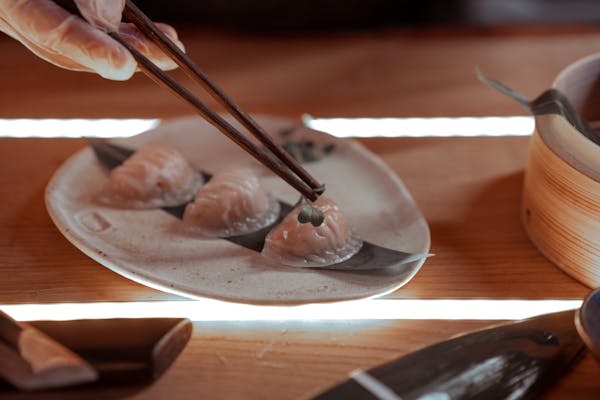1. Heat Your Oil
There are many types of cooking oil to choose from. However, for making the perfect Chinese food you need something that will help you cook at a high temperature and retain all of your ingredients’ flavors.
For stir frying you can use vegetable oils such as canola or sunflower, or even peanut or cold pressed rapeseed. The best kind of tasty is to use one that has a high smoke point. For a smoother finish, try using a wire skimmer. It’s also a great way to keep your hands free of the hot grease. Lastly, it’s a great way to save money! You might be able to find this essential kitchen gadget at a fraction of the price in your local supermarket. You’ll be glad you did! You’ll have more time to spend enjoying your new culinary skills!
2. Boil Your Rice
Boiled rice is an important ingredient for many Chinese dishes. It’s the perfect vehicle for absorbing the flavours of your stir fry, soup or side dish.
But it can be tricky to cook boiled rice the right way, as different types of rice have varying qualities and properties. Some will retain their individual grains, while others become sticky and clump together when cooked.
To get the best results, start by boiling your rice according to the package instructions, which will give you a guide on how much water to use.
Once the water is at a boil, add your rice and let it simmer until all the water has been absorbed. Then, cover the pan and turn the heat down to low.
3. Preparation is Key
It’s also important to remember that some of the most interesting and tasty dishes are made with simple ingredients. For example, a bowl of congee is a great way to kick off a Chinese meal. It can be savory or sweet, and it’s an ideal way to get your fill of nutrients. The best part is that it’s a healthy choice for you and your family! So why not give it a try? You’ll be amazed at how satisfying it is to eat a healthy bowl of nourishing food.
4. Keep Ingredients in Your Cupboard
If you want to cook authentic Chinese food at home, it is important to have the right ingredients in your cupboard. These essentials will help you create delicious dishes that are simple to make and taste amazing.
For example, you should have ingredients like soy sauce and sesame oil in your cupboard for flavoring recipes. These ingredients give dishes a salty, nutty, or sweet flavor.
Also, you should have oyster sauce and Shaoxing wine in your cupboard for a rich umami flavor that can elevate a dish to the next level. You can use these to add extra flavor to stir-fries, stews, and marinades.
5. Keep Stir Fry Simple
You also want to marinate your meat before cooking so that it tenderizes and adds flavor. Marinating the meat in a small amount of a favorite sauce helps it to cook quickly.
This technique works for all meats and vegetables, but be careful not to use too much liquid or the sauce might steam instead of saute.
You can always add a cornstarch slurry to thicken the sauce. This will bind all the flavors together into a glossy coating that makes your stir fry look and taste delicious.
6. Don’t Overcook Your Meat
Chinese dishes are often high in fat, calories, and sodium, but there are ways to make a healthier version of these entrees. Christy Maskeroni, RD and personal trainer, offers 10 tips for making the perfect Chinese food.
One of the most important things to remember when cooking Chinese foods is not to overcook your meats and vegetables. They should be tender and piping hot when they come out of the pan, and you should avoid overcooking the sauces too.
To avoid overcooking your meat, slice it thinly and toss it with cornstarch before you begin cooking. This helps to keep the meat moist and tender, especially if you’re using a lean cut of beef.
7. Keep Your Sauces Simple
Chinese dishes are often accompanied by a dipping sauce, whether it be for appetizers or stir fry. These condiments are a great way to liven up your meal without taking over the entire dish.
Keep a good variety of Chinese sauces in your cupboard to get you started, including Shaoxing wine, light soy sauce, dark soy sauce, oyster sauce, hoisin sauce, fish sauce, Chinese black vinegar (Chinkiang or Zhenjiang), rice wine vinegar, toasted sesame oil, corn starch, bean starch, scallions, ginger, and garlic.
Oyster sauce is an amazing addition to any pantry, a thick, rich, dark brown sauce that adds a robust umami flavor to any stir fry. You can also use this sauce as a simple drizzle over hot vegetables like broccoli, cabbage, peppers, and carrots. A tablespoon or two will greatly improve most Szechuan and Hunan dishes.
8. Keep Your Vegetables Fresh
The leaves of these veggies can trap dirt and bacteria, so you want to wash them carefully before cooking. Also, be sure to discard the outer leaves of your greens so you’re not consuming any bacterial residue.
If you do need to store leftovers, remember to refrigerate promptly (ideally within two hours). Improper storage can result in bacterial growth and lead to health problems.
9. Don’t Overcook Your Vegetables
Vegetables are one of the most important ingredients in Chinese meals, used in nearly every dish to balance tastes and textures. They are also cooked as dishes in their own right, often with a unique flavor and appearance.
To cook vegetables the Chinese way they are best stir-fried quickly over high heat, retaining their nutritional value and freshness. Over-boiled vegetables such as broccoli and carrots have lost their flavor and nutrients, while the same vegetable when cooked properly retains its crunchiness, tenderness, and vivid colors.
Vegetables should be sliced into bite-size pieces before they are stir-fried. This will help them to retain their crunchiness during the cooking process and ensure they are not overcooked.
10. Keep Your Sauces Simple
Sauces are the perfect way to add a little something special to your Chinese meal. They can really transform an otherwise simple bowl of noodles or a protein-packed stir fry into a show-stopping dish.
They are also an easy way to make a quick and delicious dinner! So if you find yourself in the position of having a few extra ingredients on hand but no time to make dinner, try making a quick sauce to reheat and serve with your meals!
The key is to make sure the sauce has a good balance of flavors. You can use soy sauce for a salty taste, sesame oil for a nutty flavour, oyster sauce for a sweet and salty taste, and rice wine for a subtle sweetness.




